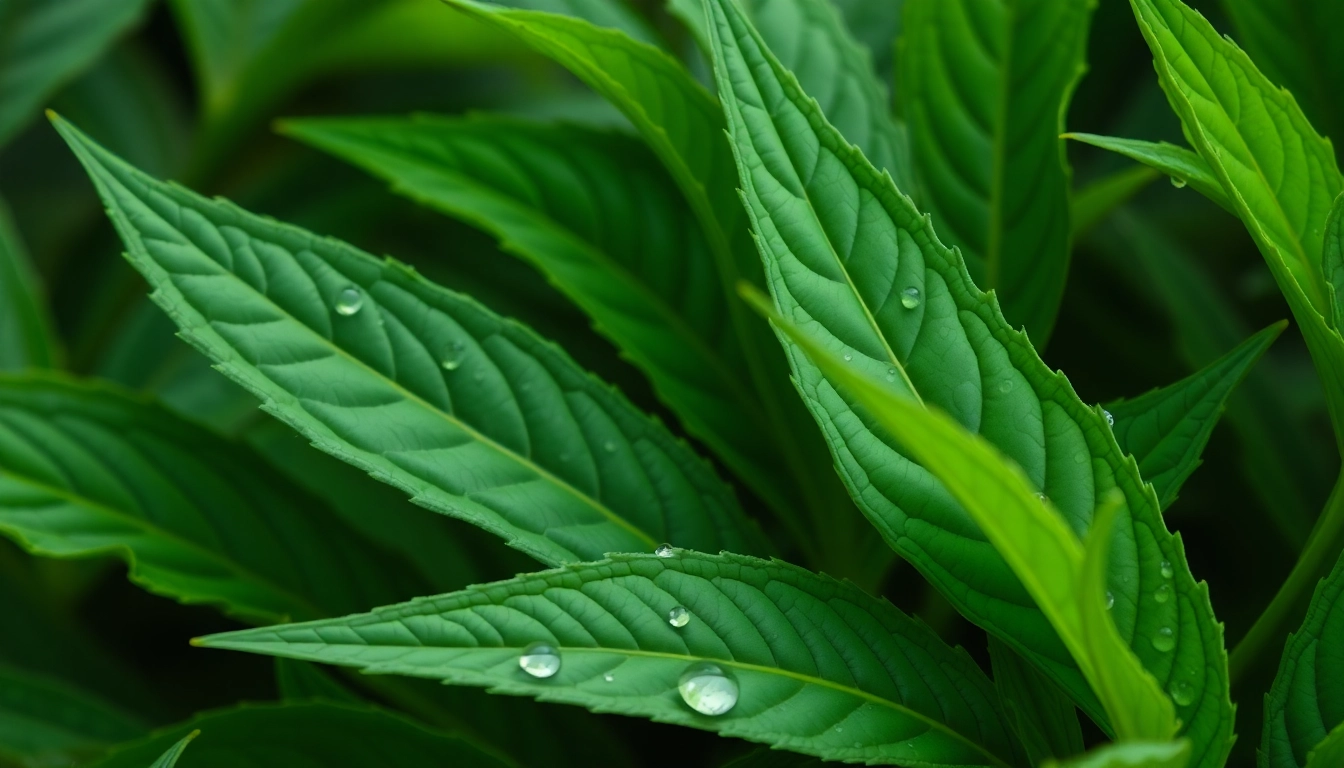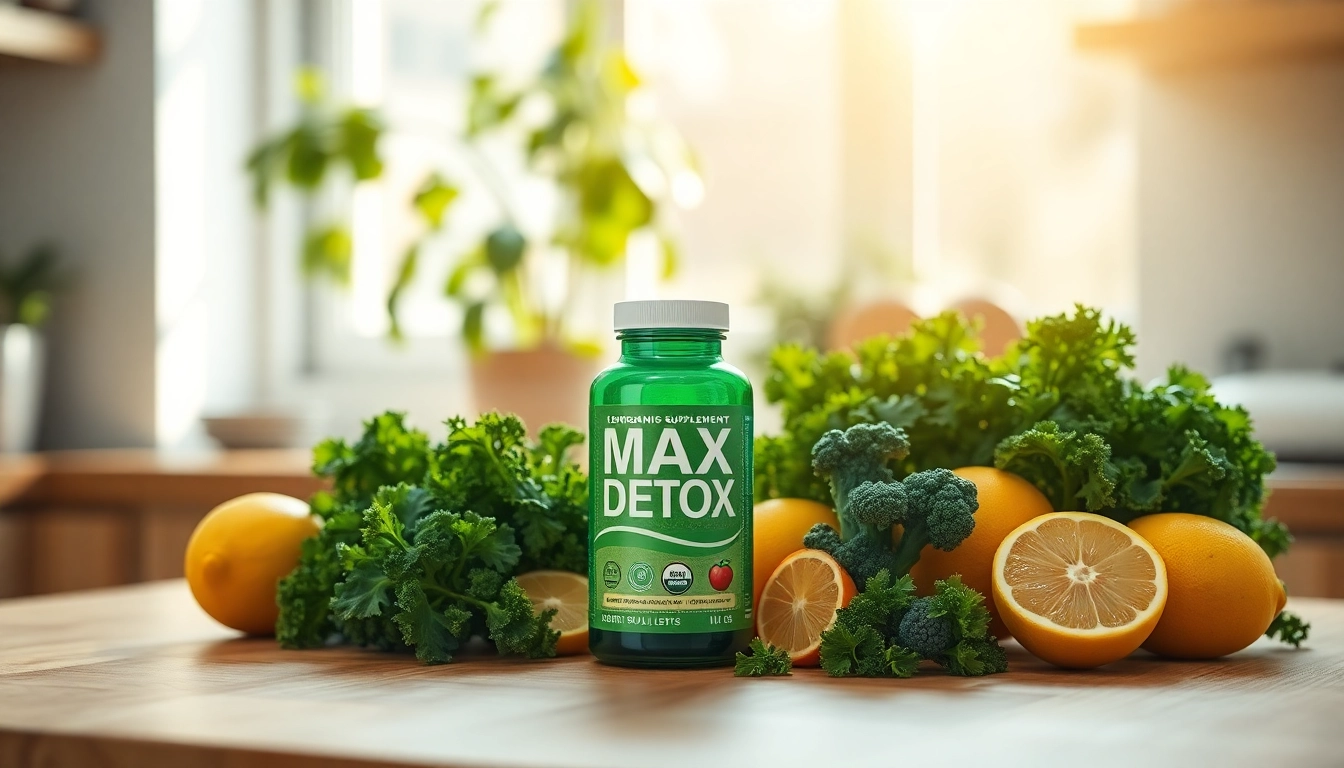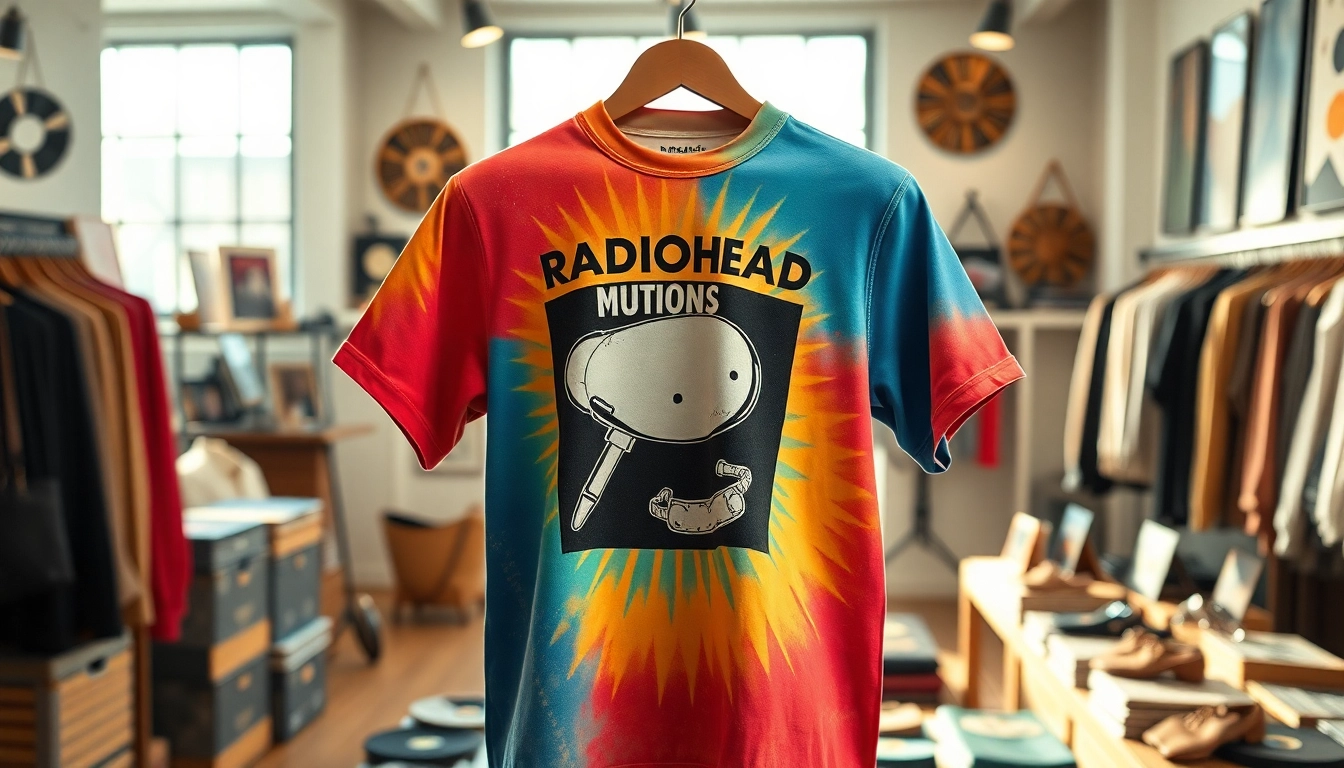Understanding CBD Tobacco: An Introduction to its Benefits
What is CBD Tobacco?
CBD tobacco is a unique blend that combines cannabidiol (CBD), a compound derived from hemp plants, with traditional tobacco. Unlike typical tobacco products that primarily contain nicotine, CBD tobacco offers a novel alternative that is free from the addictive qualities of nicotine, aiming to provide a different smoking experience. This innovation has triggered a wave of interest as individuals seek healthier alternatives to traditional smoking. The infusion of CBD—known for its therapeutic properties—promises not only to alter the experience of smoking but also to contribute potential health benefits. In essence, CBD Tobacco represents a frontier in the realm of smoking alternatives, appealing to both new users and seasoned smokers looking for a change.
Health Benefits of CBD vs Traditional Tobacco
Traditional tobacco has long been associated with detrimental health effects, including lung cancer, heart disease, and a plethora of other chronic conditions. In stark contrast, CBD is lauded for its range of health properties, including anti-inflammatory and anxiolytic effects. Research indicates that CBD can aid in anxiety relief, pain management, and even support sleep quality. These benefits create a compelling argument for the potential of CBD tobacco as a safer alternative for those who still enjoy the ritual of smoking but wish to avoid the harmful consequences associated with traditional products.
Moreover, CBD tobacco does not contain tar, carbon monoxide, or other harmful byproducts of combustion, positioning it as a healthier alternative. Users may find that they can enjoy the calming effects of smoking without exposing themselves to the same level of risk typically associated with tobacco.
Key Differences Between CBD Tobacco and Regular Tobacco
The differences between CBD tobacco and regular tobacco extend beyond their compositions. First, the presence of CBD, a non-psychoactive compound, results in a fundamentally different experience. Users typically do not experience the addictive cravings that often accompany traditional tobacco due to the absence of nicotine.
Additionally, the overall approach to consumption is different. CBD tobacco products are often produced with greater emphasis on purity and quality, utilizing rigorous testing to ensure that harmful pesticides or chemicals are absent. This contrast in manufacturing practices assures consumers that they are engaging in a more conscious smoking experience. Finally, the user demographic also tends to differ—CBD tobacco may appeal more to wellness-minded individuals who are less concerned with traditional smoking culture.
Exploring the Legal Landscape of CBD Tobacco
Legality of CBD Tobacco in Different Regions
The legal landscape surrounding CBD tobacco can be complex and varies significantly from one region to another. In many countries where CBD is legalized, such as the United States, CBD tobacco products fall under the broader category of hemp-derived goods, which generally allows for their sale and distribution as long as they meet specific criteria. These products must contain less than 0.3% THC to comply with legislation, ensuring that they do not produce psychoactive effects.
However, in regions with more stringent regulations, such as some parts of Europe and Asia, CBD tobacco faces numerous challenges. In such areas, even the sale or importation of CBD-rich products can be heavily regulated or outright banned. Understanding local laws is essential for consumers and producers alike, as violations can result in significant penalties.
Regulatory Challenges Facing CBD Tobacco Producers
Producers of CBD tobacco encounter numerous regulatory challenges that can inhibit market growth. These challenges often include navigating complex agricultural laws, such as those outlining the farming and cultivation of hemp, as well as compliance with food and drug administration protocols in the product manufacturing process. Moreover, some producers may find it difficult to secure banking services or insurance, further complicating their ability to operate efficiently within the marketplace.
Additionally, there is often a lack of uniform guidelines for labeling and advertising CBD tobacco products, which can lead to consumer confusion regarding their safety and efficacy. As the industry matures, ongoing advocacy for clear and concise regulations will be vital to ensure that CBD tobacco products are safely produced and widely accessible.
Consumer Rights and Responsibilities
Consumers have a significant responsibility in the burgeoning CBD tobacco market, as understanding their rights can empower them to make informed purchase decisions. This includes the right to transparency regarding product ingredients and sourcing practices. When purchasing CBD tobacco, consumers should expect accurate labeling that indicates CBD potency, the presence of any additives, and third-party testing results.
It’s also important for consumers to understand their local laws and regulations related to CBD tobacco, including age restrictions and usage limitations. Being aware of these rules not only protects the consumer but also contributes to a responsible marketplace where products can be enjoyed safely.
How to Choose Quality CBD Tobacco Products
Identifying Quality Sources and Brands
Choosing quality CBD tobacco products starts with identifying reputable sources and brands. Consumers should look for companies that provide comprehensive information about their sourcing practices, cultivation methods, and processing techniques. Brands that are transparent about their operations are more likely to offer high-quality CBD tobacco products.
Seeking out products from brands that utilize organic farming methods can further enhance the quality, ensuring that the tobacco and hemp used are free from harmful pesticides or synthetic fertilizers. Additionally, reading customer reviews can provide insights into the effectiveness and overall satisfaction associated with specific brands.
What to Look for in Third-Party Testing
Third-party testing is an essential aspect of ensuring the quality and safety of CBD tobacco products. When examining a product, consumers should look for a certificate of analysis (COA) from an independent laboratory. This document confirms the product’s cannabinoid profile and verifies that it contains the stated levels of CBD and THC.
Furthermore, third-party testing can also reveal the presence of contaminants, such as heavy metals, pesticides, and molds. By choosing products that have undergone rigorous testing and verification, consumers can ensure they are using safe and effective cannabidiol products.
Understanding CBD Levels and Potency
CBD tobacco products can vary significantly in their cannabinoid content, thus understanding CBD levels and potency is fundamental for consumers. Potency is typically measured in milligrams of CBD per serving or package and can greatly influence the user experience. Beginners might start with lower potency products, gradually increasing their intake as they gauge their individual response to CBD.
It is also essential to consider the formulation of the products. Some CBD tobaccos may contain full-spectrum or broad-spectrum extracts, which include other beneficial cannabinoids and terpenes, enhancing the overall therapeutic experience. Such products may lead to what is known as the “entourage effect,” where the combined components work synergistically, promoting greater health benefits.
Practical Ways to Incorporate CBD Tobacco into Your Lifestyle
Methods of Consumption: Smoking vs Alternatives
While smoking is the most traditional method of consuming CBD tobacco, numerous alternatives exist that may better suit individual preferences and lifestyles. For those preferring a more controlled intake, CBD tobacco can be vaporized, which often provides a cleaner option with fewer harmful byproducts compared to combustion.
Additionally, CBD tobacco products can be used in various forms, including pre-rolled joints or as loose leaf for hand-rolling. Some users might also opt to create infusions, where CBD tobacco is combined with herbal blends for a customized smoking experience. By experimenting with different consumption methods, individuals can discover what works best for them.
Combining CBD Tobacco with Other Herbal Blends
Combining CBD tobacco with other herbal blends can enhance the experience and offer more diverse benefits. Many users pair CBD tobacco with herbs known for their calming properties, such as chamomile or lavender, creating a synergistic effect that enhances relaxation and enjoyment.
Caution should be exercised, however, as some herbs can interact with CBD or have their own side effects. It is always advisable to research potential interactions and consult with knowledgeable sources or experts before combining substances to ensure safety and efficacy.
Tips for New Users on Consuming CBD Tobacco
New users of CBD tobacco may feel apprehensive, but a few tips can help ease the transition. First, start with small amounts to understand how your body reacts to CBD. Each person’s endocannabinoid system responds differently, and what works for one individual may not work for another.
It’s also beneficial to remain mindful of personal goals when using CBD tobacco. Whether for relaxation, stress relief, or even as part of a cessation strategy for traditional tobacco, clear objectives can help shape the overall experience. Finally, engaging with community forums and educational resources can provide valuable insights and advice from seasoned users.
Measuring the Impact of CBD Tobacco on Health and Wellness
Studies and Research on CBD Tobacco Effects
The growing interest in CBD tobacco has prompted various studies exploring its effects on health and wellness. Initial research suggests that CBD may help alleviate anxiety, provide pain relief, and even improve sleep quality. However, due to the relative novelty of CBD tobacco products, comprehensive longitudinal studies are still needed to fully understand its long-term health impacts.
Researchers are particularly interested in how CBD interacts with nicotine addiction. Some preliminary findings have indicated that CBD may help reduce cravings and withdrawal symptoms among those trying to quit traditional tobacco use. As research continues to evolve, a clearer picture of the therapeutic potentials of CBD tobacco may emerge.
Personal Experiences and Anecdotal Evidence
Beyond anecdotal experiences, users have shared a wide range of outcomes when incorporating CBD tobacco into their wellness regimes. Many users report feeling more relaxed and less anxious after consumption, indicating a general trend toward using CBD tobacco to manage stress levels. In addition, some former smokers have found CBD tobacco helpful as a transitional tool during their cessation journey, utilizing it to replace the act of smoking without the addictive attributes of nicotine.
These personal stories, despite being subjective, can provide additional context for potential users considering CBD tobacco as an alternative. They often highlight successful integration into various lifestyles, offering insights that purely scientific studies may not cover.
Future Trends and Research Directions in CBD Tobacco
As societal acceptance of cannabis and its derivatives grows, so too does the potential for innovative developments in CBD tobacco. Future research may unveil new methods of consumption, advances in product formulation, and better understanding of the health implications surrounding CBD tobacco use.
Moreover, as regulatory frameworks evolve, consumers can expect to see a wider variety of products entering the marketplace. This expansion may lead to enhanced quality and effectiveness of CBD tobacco products as producers strive to meet the demands of an informed consumer base. With increasing advocacy for research and education surrounding CBD, the landscape is poised for significant transformation.













Leave a Reply